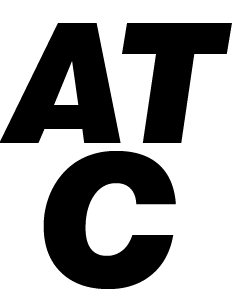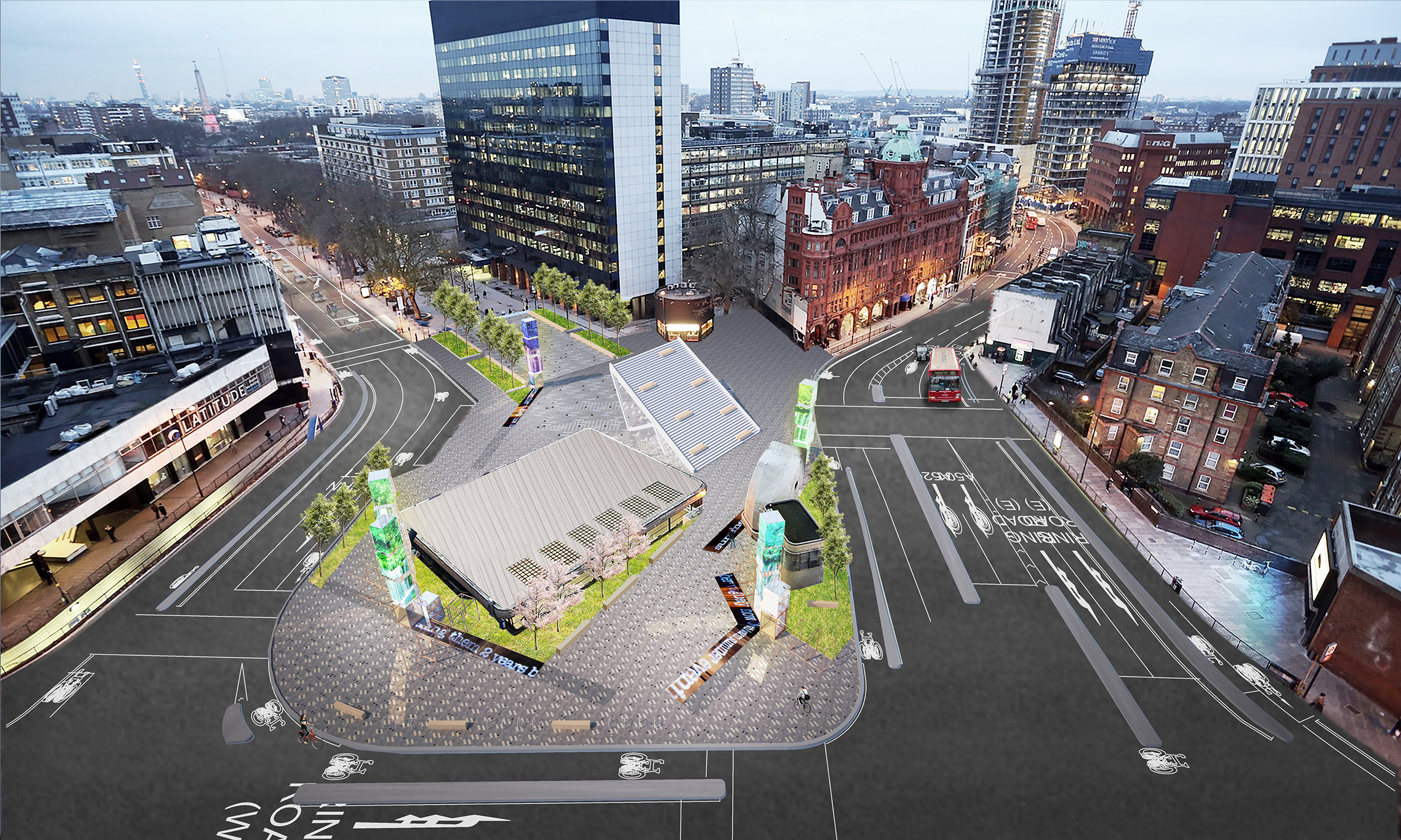Site: Old Street Roundbout, London UK
Time: 2018.02-03
Program: public art installation
Status: competition 1st round
Client: Islington Council
Collaboration: Bongsu Park (artist), Oliver Curtis (artist), ClearLED, and Pavegen
Photography: Kyungsub ShinThe Islington Council held an Open Call for Design to redefine the derelict Old Street Roundabout as it is planned to become a pedestrian zone. Atelier Chang was chosen at the 1st round of the competition and participated as part of a public exhibit that involved public viewing and voting. Along with Tonkin Liu, Zaha Hadid, and many other prominent firms, we were honored to be part of the exciting new urban transformation. (March 2018)
Description:
TALE POINTS OF OLD STREET GATEWAY
The Old Street Roundabout area is a backdrop of constantly evolving tales: from a story
of healthcare before the time of NHS to a hub of vibrant culture and technology it is today.
While the recent developments built around this junction project an assortment of eclectic
facades, the area is clearly missing a heart, a focus, an identity as an urban icon. More than
ever this landmark junction asks for a new chapter of its own story, more than just roundabout
for vehicles that will transform it from an island to a pedestrian and cyclist friendly
peninsula.
The new proposal attempts to redefine Old Street junction as a place worth staying and
gathering, and furthermore sharing one’s story with the community. This particular community
is composed of young and brilliant minds, permanent and temporary, thriving to
engage with each other and to exchange ideas as well as emotion. In the age of Twitter, how
refreshing could it be that a physical space provides a place for actual voices to be heard,
to be interacted with? Our proposal is reminiscent of the Speaker’s Corner at Hyde Park, a
birthplace of historical speeches initiated by those who spontaneously wanted to express
and share their ideas freely.
Our design team proposes “Tale Points” – four beacons of ideas and expression. These four
glass towers are constructed with a group of 4-10 boxes covered in clear LED screens to
project any text or visual media. The typing booths are anchored on the ground level, like
phone booths. Anyone can walk in and type content which will then be displayed upon the
glass towers as large readable texts as well as on the ground LED surfaces. These messages,
which immediately becomes a part of an urban artefact is spontaneously read by others until
they disappear in a few seconds. This provokes a new way of interaction and communication
at urban scale. The spontaneous audience are also participants in the art work itself.
In an urban context, the location of each Tale Point strategically guides pedestrians and
cyclists toward important crossings or entry points. The orientation of the displays now
focuses on the pedestrians and cyclists more than the cars – thus their vertical layout and
height. Whether the content of the display is texts or artworks, ads, or something related
to events on site, the bright towers will form new skyline to signal the open gateway. These
Tale Points also incorporate “green barrier” units – the same dimension box-frames that
hang vines and lights to filter sounds and pollution from the surrounding traffic. Around
these barriers are occasional green islands that provide moment of rest.
Two key technologies allow flexibility and sustainability. Clear LED is a display on transparent
film that blends with the urban context while the key contents are brightly lit during
day and night. The Pavegen is a smart city technology where the stepping of pedestrian
generates electricity. Those who simply pass by these glass towers will unknowingly or wittingly
become part of the artwork and also contribute to its sustainability.


